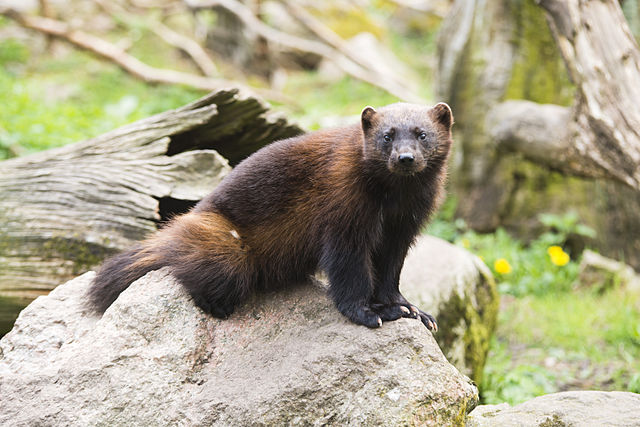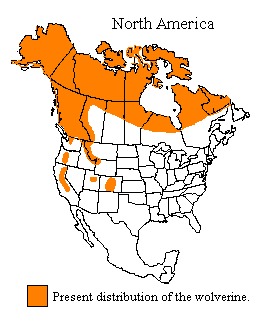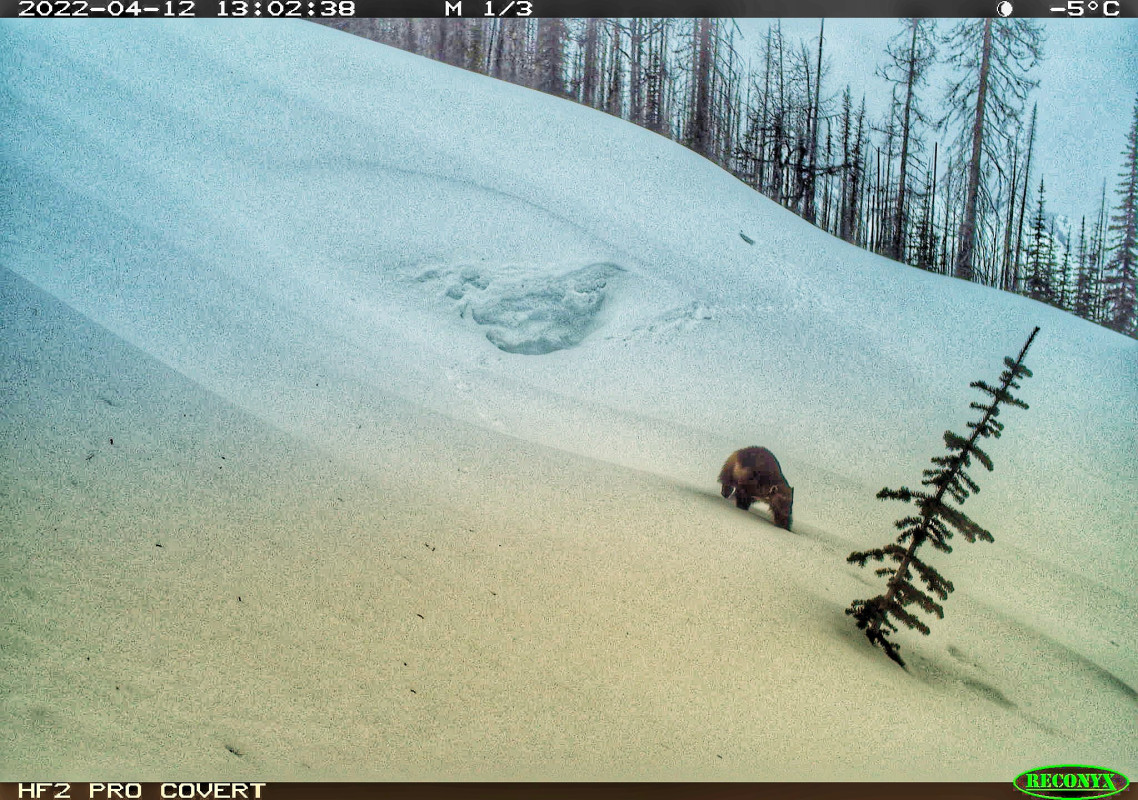 When you think of wolverines, do you often associate them with wolves?
When you think of wolverines, do you often associate them with wolves?
Surprisingly, wolverines do not belong to the wolf family; their bushy tails suggest a closer relation to a family of weasels, badgers, and skunks!
In North America, wolverines are found in Alaska and across Canada, as well as in parts of the northern United States, such as Montana, Idaho, Wyoming, and Washington.
However, climate change has recently wrought havoc on their habitat, contributing to a decline in their population. It is estimated that only around 300 individuals are left in the lower 48 states of the U.S.
After decades of lobbying by conservation groups, the wolverines have been finally granted protection under the U.S Endangered Species Act (ESA).
Wolverine: Habitats and Habits
 Wolverines are solitary creatures that cover large areas, between 15-25 miles in a day, in search of food. Their diet consists mostly of small animals such as sheep, deer, and rodents, as well as scavenged meat. But they are also known for chasing down and killing much larger animals such as caribou and moose.
Wolverines are solitary creatures that cover large areas, between 15-25 miles in a day, in search of food. Their diet consists mostly of small animals such as sheep, deer, and rodents, as well as scavenged meat. But they are also known for chasing down and killing much larger animals such as caribou and moose.
Wolverines are highly territorial with a single male and multiple females inhabiting an area of 400-600 square miles. They make their dens in deep snow at altitudes of 7000 feet where the young ones are protected from predators. Here, the female gives birth to her litter and tends to them from winter through late spring. The females take care of their young ones for up to two years.
Snow cover is also important as it serves as a natural refrigerator where the animals store their kill.
Why Are They Threatened?
Wolverines had been hunted and trapped to near extinction by the end of the 19th century. Deforestation and human activities added to their woes, and they had all but disappeared from the lower U.S. states. Their numbers stabilized briefly, but in recent years, there has been a new challenge.
 Rising temperatures have affected snowpack in the alpine regions. The Arctic and high mountainous regions are melting twice as fast as the rest of the planet, with early melt leading to insufficient snow by late spring. This impacts the survival of the young ones as well as their stored food sources.
Rising temperatures have affected snowpack in the alpine regions. The Arctic and high mountainous regions are melting twice as fast as the rest of the planet, with early melt leading to insufficient snow by late spring. This impacts the survival of the young ones as well as their stored food sources.
In addition, winter activities such as skiing and snowboarding are encroaching into wolverine territory.
By adding the species to the endangered list, the Biden Administration has acknowledged that habitat degradation and fragmentation are risks to the survival of the species.
The US Fish & Wildlife Service will be preparing a recovery plan and identifying protected habitats that are critical to the future of wolverines. They will also outline guidelines to follow to ensure wolverines are not unlawfully trapped or hunted.
Sources: Smithsonian, NYT, NWF.org, PBS






